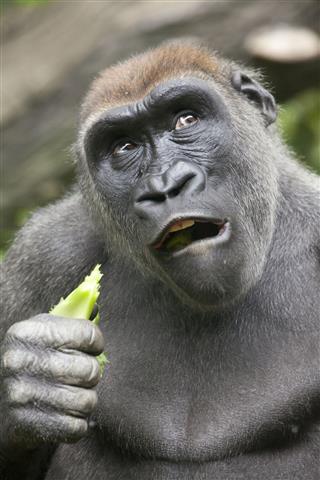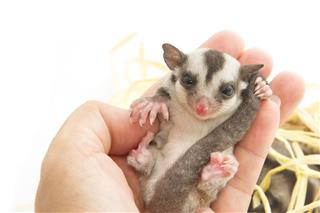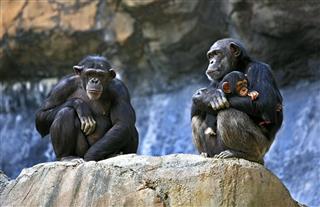
We humans pride ourselves for possessing some distinct physical features, with the opposable thumb being one of them. But are we the only species with this ‘distinct’ feature? Not really. In fact, the list of animals having opposable thumbs is quite decent, if not exhaustive.
Did You Know?
The human hand with the opposable thumb, as we see it today, evolved around two million years ago.
Of the many things that we would have struggled to do if we had no thumbs, two things that stand out are eating with one hand and picking up things. It’s the thumb―opposable thumb to be precise―that enables the hand to grip and hold on to something. By definition, the thumb is considered ‘opposable’ if it can bend and touch all other digits of the hand, or the foot in the case of non-human animals.
Animals With Opposable Thumbs
Animals do have an opposable thumb or toe. It may not be as flexible as that of humans, but it does enable them to do a range of tasks, including climbing trees, gathering and eating food, using tools, grooming, etc. Among non-human animals with opposable thumbs, primates are perhaps the most popular. In fact, the opposable thumb is considered a characteristic feature of several primate families. Interestingly, primates are not the only non-human animals to have opposable thumbs.
GREAT APES
Gorillas, orangutans, chimpanzees, and bonobos belong to the same family of primates as humans, the Hominidae family―the family of great apes. Studies have revealed that great apes share 97 percent of their DNA, which explains the similarities they share with us humans. The anatomy of their hands, for instance, bears a striking resemblance to that of our hands. All have four long fingers plus an opposable thumb. Furthermore, all except for humans have opposable big toes as well.
Like us, all these species use their hands to hold tools, climb trees, move from one tree to another, gather food, build a dwelling place, and all this is achieved, despite the fact that they are quadrupedal, i.e., walk on all four limbs. If it was not for the much-touted opposable thumb, these species would have had a tough time trying to do something as simple as peeling a banana.
LESSER APES
Even lesser apes or gibbons have four long fingers plus an opposable thumb, but their thumb is longer compared to that of great apes. It’s worth noting that when they are brachiating, i.e., swinging from one tree to another, they do not use their thumbs. Instead, they rely on their four fingers, which they use like hooks. The thumb comes into play when they are climbing tree trunks or branches, feeding, grooming, etc.
OLD WORLD MONKEYS
An opposable thumb is one of the most obvious differences between the Old World and New World monkeys. Old World monkeys are species found in Asia and Africa, which are classified into 23 different species. All the monkeys belonging to this group sport a thumb that is rotatable and opposable; somewhat like our thumbs. As we saw in the case of apes earlier, even monkeys use their thumbs to grasp tree branches and pick up things.
OTHER ANIMALS
Other animals that sport opposable thumbs include opossums, giant pandas, koala, and even some species of arboreal frogs. These species, however, do not use it as effectively as primates do. Opossums have opposable thumbs on their hind feet, which―along with their prehensile tail―helps them climb trees when they are hunting. In giant pandas, the enlarged carpal bone or false thumb functions as an opposable thumb. The panda uses it to grasp bamboo shoots when it is feeding.
Koalas, on the other hand, have two opposable digits, which they effectively use to climb on trees, clutch branches, and hold their food. A surprise entry in this list of animals is that of arboreal frogs belonging to the Phyllomedusa family, which use their opposable thumbs to grasp branches as they move on the trees.
Though the opposable thumb is considered a characteristic feature of primates, you need to note that not all primates have a thumb. Some species are, in fact, thumbless and therefore, they rely on other physical adaptations, such as prehensile tail and nails, to pick things. Besides that, some primate species, like the New World monkeys, lemurs, lorises, etc., have appendages that are best described as pseudo-opposable thumbs. In other words, these species do have thumbs, but they are not opposable.




















































